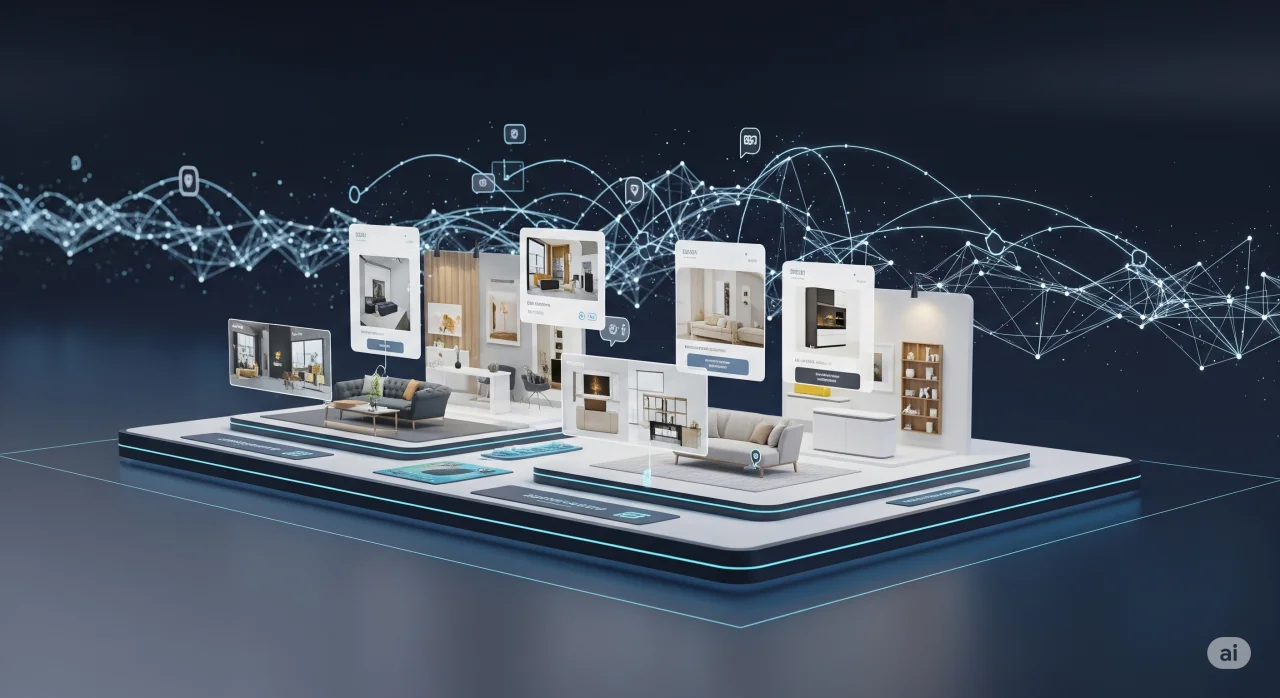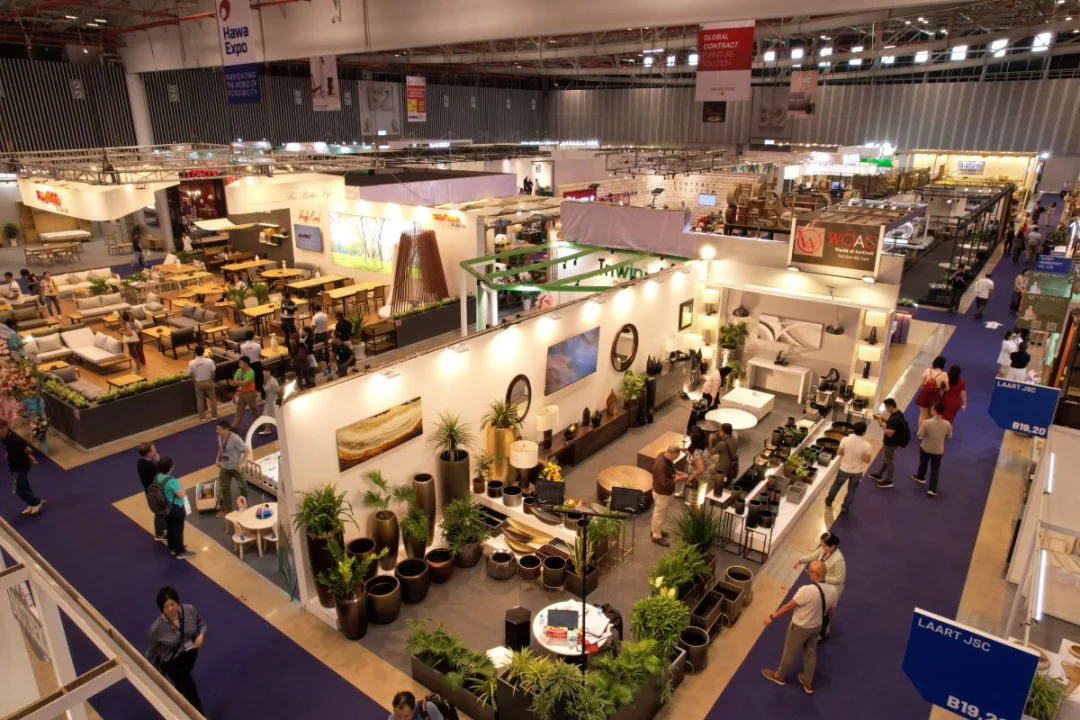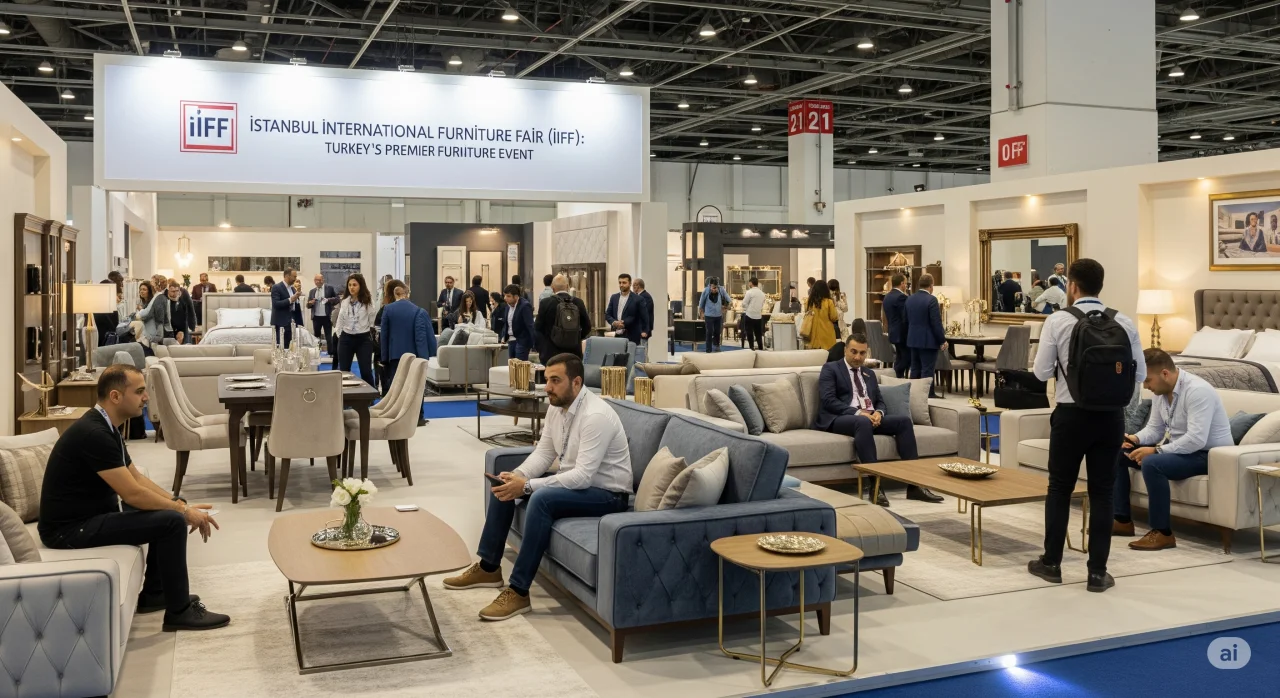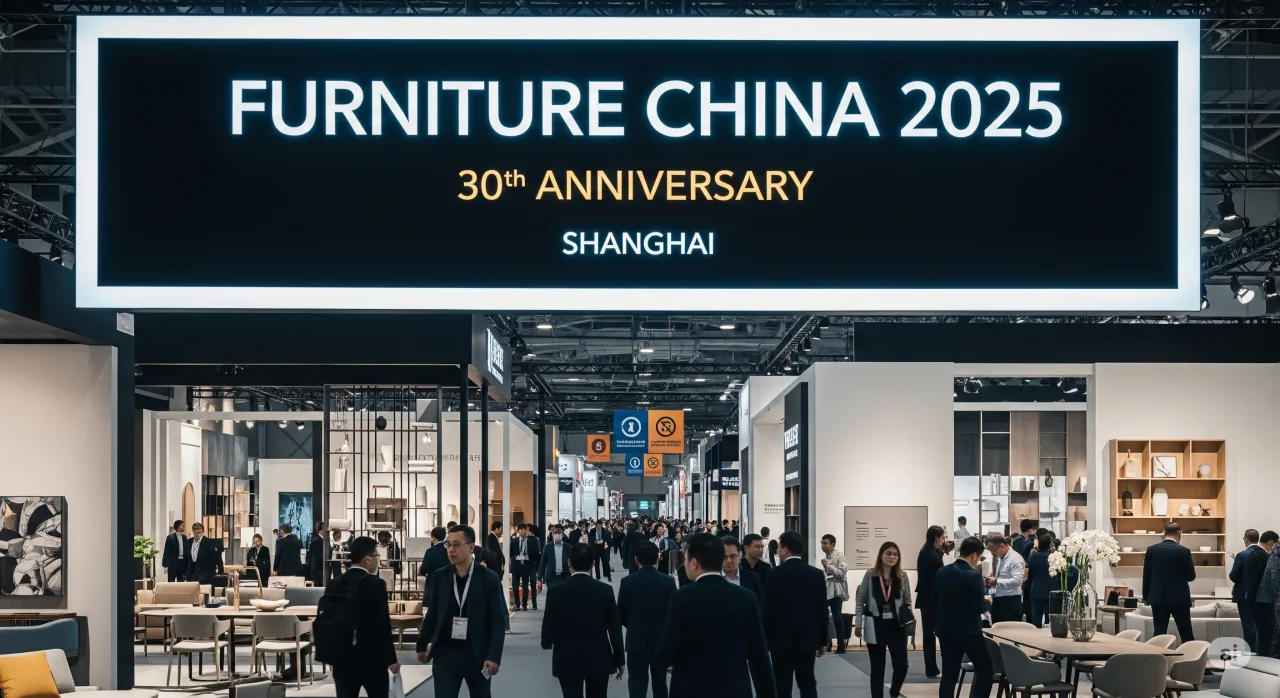Global disruptions and evolving buyer behaviors have pushed the furniture industry to reimagine how business is conducted. Traditional trade fairs are no longer the only channel for discovery, negotiation, and relationship-building. In response, virtual trade shows and immersive digital platforms have emerged—not as temporary fixes, but as permanent enhancements to the global B2B furniture landscape.
By combining convenience, interactivity, and scalability, digital trade platforms are enabling manufacturers, designers, and distributors to connect and transact more efficiently than ever before.
The Shift to Virtual in the B2B Furniture Sector
The pandemic may have accelerated the transition, but digital adoption in B2B sales was already underway. From cloud-based product catalogs to real-time video consultations, the furniture industry is leveraging digital tools to:
- Reach global buyers with lower operational costs
- Showcase product functionality in immersive formats
- Track buyer engagement through analytics
- Reduce travel-related emissions and time
- What was once considered a secondary option is now a critical component of international strategy.
Key Features of Modern Virtual Furniture Fairs
- 3D Product Visualization
Digital showrooms now feature interactive 360° product views, material zoom, and real-time configuration tools that simulate finishes, dimensions, and usage. These experiences give buyers a clearer sense of product quality and adaptability. - Live Video Consultation and Negotiation
Virtual booths often integrate live chat and scheduled video meetings, allowing B2B buyers and sales teams to engage instantly—discussing pricing, lead times, and custom options in real-time. - Virtual Reality (VR) and Augmented Reality (AR)
Some platforms enable buyers to place furniture virtually in their own spaces using AR apps or VR headsets. This reduces uncertainty and boosts conversion rates in contract and commercial purchasing. - Data-Driven Buyer Insights
Unlike physical shows, digital expos can track click-through rates, time spent on product pages, and buyer journeys—giving exhibitors better sales intelligence. - Multi-Language and Localized Interfaces
Global buyers can browse in their native language, with currency and measurement localization—opening new markets without the need for on-site presence.
Leading Platforms and Tools Driving the Shift
- Matterport and Cylindo for 3D rendering and virtual showroom creation
- Hopin and vFairs for hosting full-scale digital trade shows
- Roomvo and Houzz Pro for AR-based client visualization
- Pimcore and Sketchfab for immersive catalog and product data management
These platforms are not only transforming how furniture is showcased but also how deals are initiated, followed up, and finalized across continents.
Benefits for Furniture Manufacturers and Distributors
| Benefit | Description |
|---|---|
| Cost Efficiency | Eliminate booth setup, logistics, and travel costs |
| Global Accessibility | Reach buyers in all time zones and regions |
| Real-Time Updates | Instantly update prices, stock, and product visuals |
| Lead Generation and Tracking | Integrated CRM tools streamline post-event sales cycles |
| Reduced Environmental Impact | No physical transport means a smaller carbon footprint |
B2B Buyer Expectations in the Digital Era
- Today’s professional buyers expect more than static catalogs. They seek:
- Accurate, immersive product previews
- Easy comparison tools and quick response times
- Seamless integration with their procurement systems
- Sustainability credentials and traceability
Suppliers who adapt to these digital expectations are seeing increased engagement and shorter sales cycles.
The Hybrid Future: Digital and Physical Coexist
While virtual platforms offer flexibility, physical events remain valuable for material interaction and spontaneous networking. The most successful companies are investing in hybrid trade strategies, where virtual and on-site experiences complement each other:
- Launching digital previews before live events
- Hosting follow-up virtual demos for international buyers
- Creating year-round digital showrooms beyond the trade fair calendar
Virtual furniture trade shows are no longer an experiment—they are a strategic reality. They offer powerful tools to build global relationships, showcase innovation, and drive sales across borders. As technology continues to evolve, so too will the ways furniture businesses engage, sell, and grow in a global marketplace.
Furniture companies that invest in immersive, data-driven, and buyer-focused digital platforms are not only keeping pace—they are leading the transformation of global B2B furniture trade.






